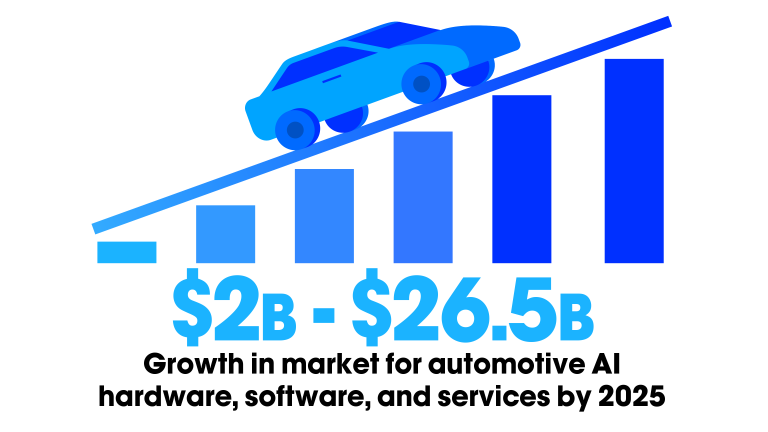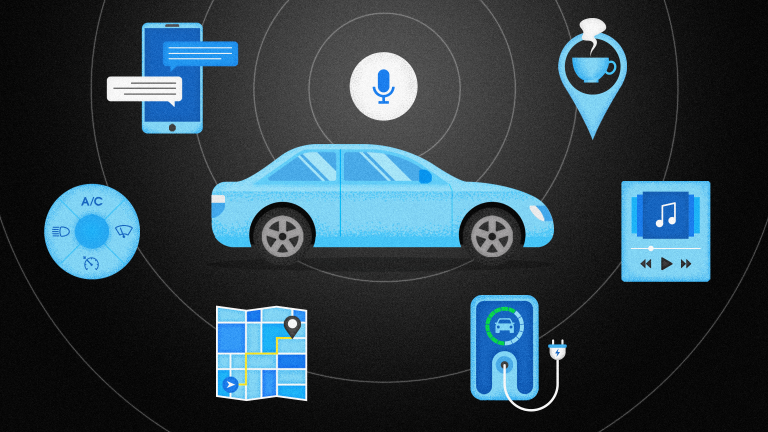In August, MasterCard announced a solution for Quick Service Restaurants (QSRs) that combined the growing desire among consumers for contactless payments and less human interaction with the need for greater efficiency and time savings in drive-thru and drive-in restaurants. Mastercard’s AI Powered Drive Through and Shop Anywhere solutions are currently rolling out in Sonic and White Castle restaurants in the US.
In partnership with SoundHound Inc. and Rekor Systems, MasterCard developed a frictionless drive-through experience that includes license plate recognition and a digital voice assistant—powered by Houndify. The solution not only allows customers to order and pick-up food and beverages using only their voice, it also allows the restaurant chains to create personalized experiences by leveraging their loyalty programs.
The trends toward touchless payments and contactless restaurant experiences coupled with players from adjacent industries, such as credit card companies, stepping up to create innovative solutions are strong indicators that more customers will be talking to voice assistants for ordering and payment in the near future.
Voice technology checks in at hotels
Even before the current pandemic, hotels had been moving towards more contactless check-in and touchless in-room experiences and on-property functions. Now, the industry is fast-tracking those efforts to bring customers back by making them feel safer and more secure.
Touchless hotel check-in through voice-enabled kiosks, smart hotel rooms with keyless entry, voice-enabled in-room devices, and voice controlled smart devices such as thermostats and lights are just a few of the technologies that hoteliers are racing to implement.
In the near future, hotel rooms without voice assistant technology will be regarded by guests the same way a room without a TV or movie rentals might have been viewed in the past. According to a report by Angie Hospitality, 49% of guests say their hotel selection is influenced by high-tech features in guest rooms and that investing in technology reportedly increases in-room sales revenue by 20%.
As touchless interactions and personalized experiences grow in importance, consumers have adjusted their concerns about privacy to allow for hotel brands to use their data to improve the travel experience. In fact, Angie Hospitality found that 57% of U.S. travelers actually want brands to use their data to personalize their travel. Through the implementation of custom, branded voice experiences, hoteliers can further reduce privacy concerns while owning their customer data and experiences.









